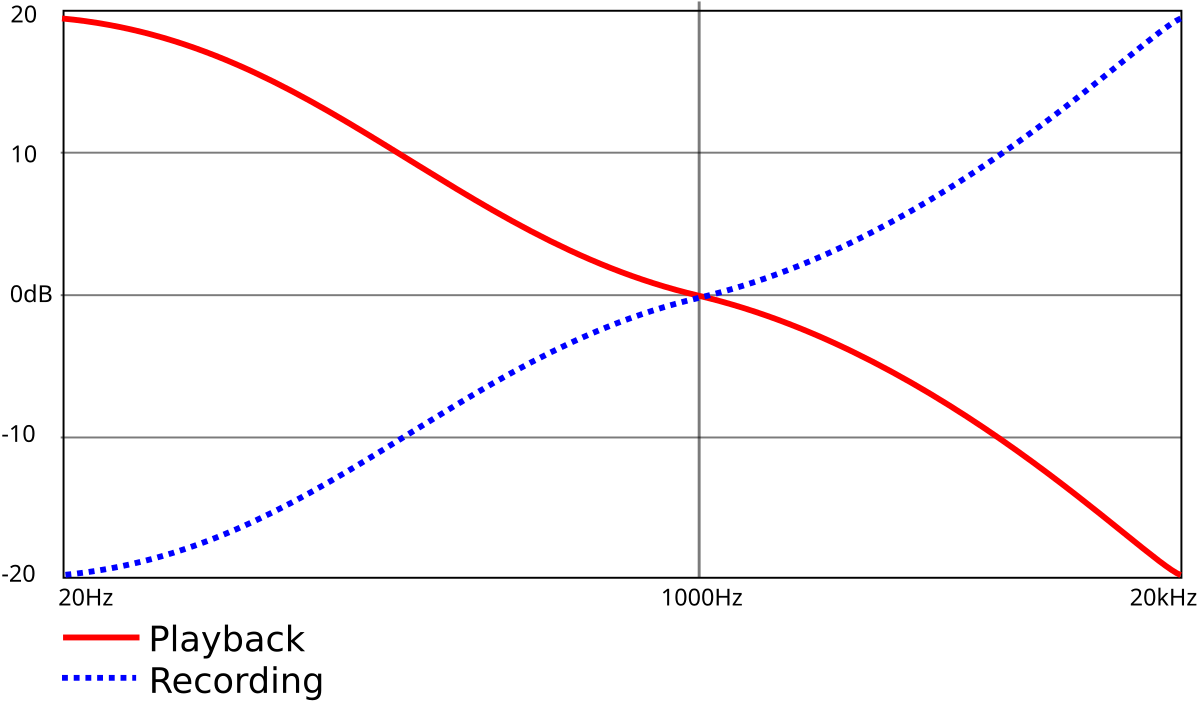hi all,
heres a good one for you computer sages out there in cyper land ,how can you take the sound from the turntable on your stereo to your pc ?is it possible?if so what would i need to do this software leads ete?
many thanks
nobby
heres a good one for you computer sages out there in cyper land ,how can you take the sound from the turntable on your stereo to your pc ?is it possible?if so what would i need to do this software leads ete?
many thanks
nobby













Comment